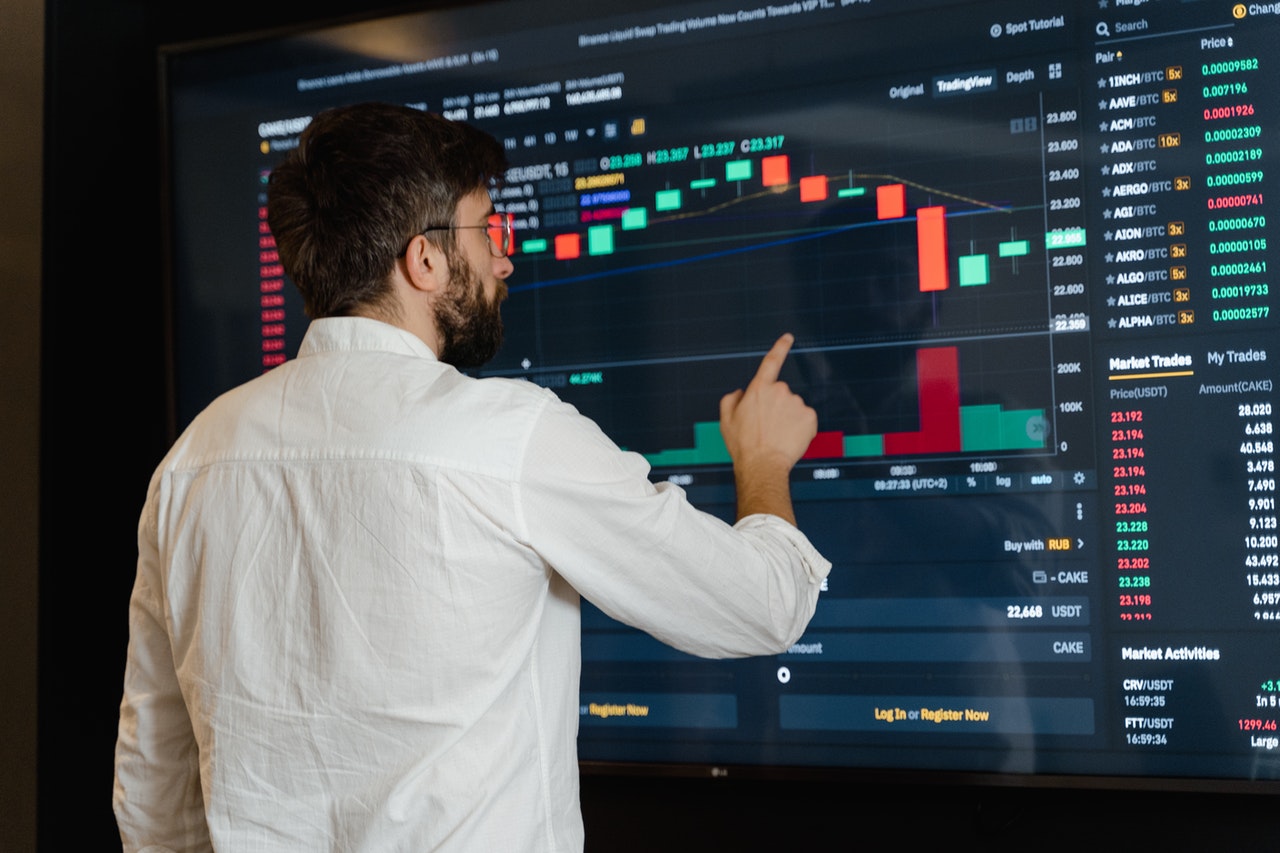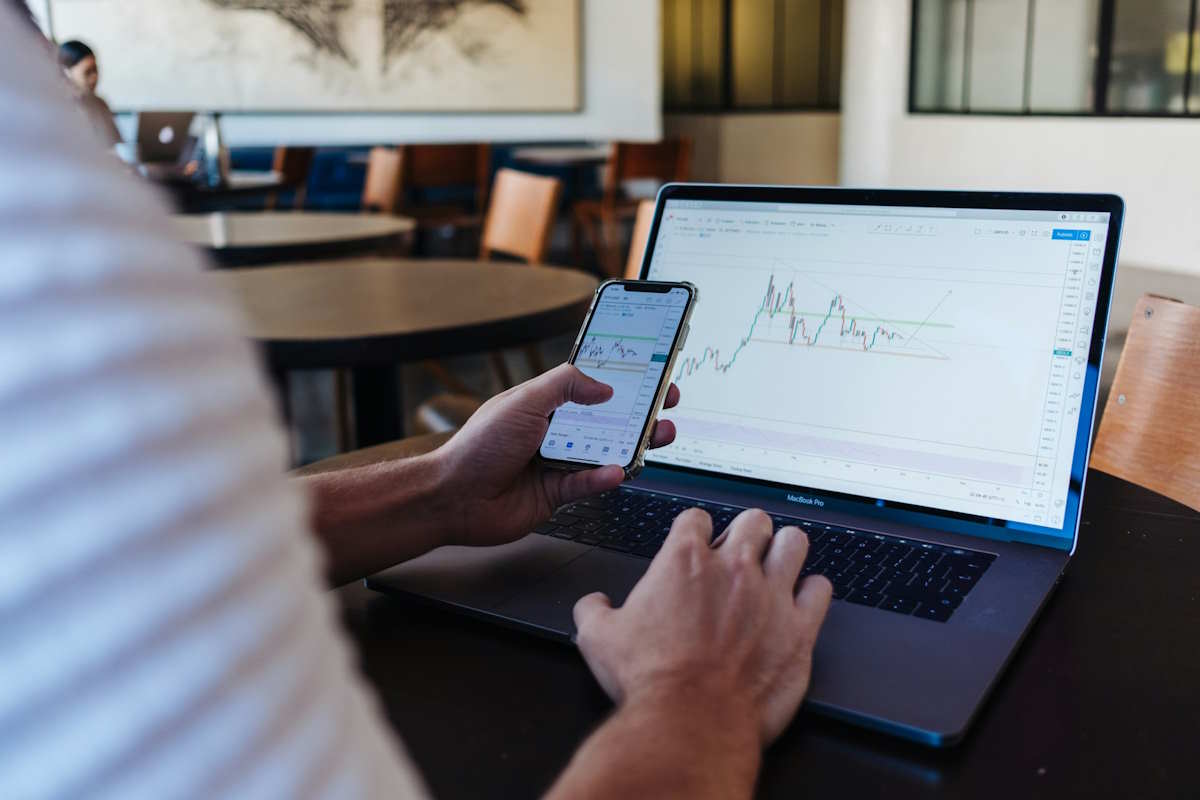As a Georgia investor, you need to arm yourself with knowledge to avoid investment fraud. Start by recognizing red flags like promises of guaranteed returns or high-pressure sales tactics. The Georgia Securities Division offers essential resources for checking broker registrations and understanding regulations. Attend educational workshops or seminars that focus on investment strategies and fraud prevention. These sessions often include real-world scenarios for practical learning. If you need professional guidance or legal assistance, the Law Offices of Robert Wayne Pearce can provide valuable support in navigating complex financial disputes. Don’t forget to document any suspicious activities and know how to report fraud. There are many avenues to empower yourself and protect your investments, and learning more can help you stay ahead of potential scams.

Understanding Investment Fraud
When it comes to investing your hard-earned money, understanding investment fraud is vital to safeguarding your financial future. Investment scams can take many forms, often luring you in with promises of high returns with little risk. These schemes can be sophisticated, making it essential for you to educate yourself on the tactics scammers use.
Fraud prevention starts with awareness. By familiarizing yourself with common types of investment fraud—such as Ponzi schemes, pump-and-dump scams, and unsolicited investment offers—you’ll be better equipped to spot potential red flags.
Scammers often use high-pressure sales tactics, enticing you to invest quickly without allowing time for due diligence. You should also verify the legitimacy of the investment firm or advisor you’re considering. Check for proper licensing and regulatory compliance, as most legitimate firms are registered with state and federal authorities.
Additionally, always research the investment opportunity thoroughly. If an offer seems too good to be true, it probably is.
Taking these proactive steps will empower you to protect your assets and make informed investment choices. Stay vigilant, and you’ll greatly reduce your risk of falling victim to investment scams.
Red Flags to Watch For
Awareness is key to protecting yourself from investment fraud, and knowing the red flags can make all the difference. When evaluating potential investments, be on the lookout for certain warning signs that could indicate investment scams.
First, if someone guarantees high returns with little or no risk, that’s a major red flag. Remember, all investments come with some level of risk.
Next, be cautious of high-pressure sales tactics. If someone is rushing you to invest quickly, it’s wise to take a step back and think twice.
Another warning sign is a lack of transparency. If the investment details are unclear or if the person can’t provide verifiable information, you should be wary.
Additionally, if the investment opportunity seems too good to be true, it probably is.
Lastly, always check for proper licensing. If the person or firm isn’t registered with regulatory authorities, that’s a strong indication of potential fraud.
Georgia Securities Division Resources
The Georgia Securities Division offers valuable resources to help investors navigate the financial landscape safely. With a commitment to investor protection, this division guarantees that you’re equipped with the knowledge needed to make informed decisions. They provide access to essential information about Georgia regulations, which govern the actions of investment professionals and the securities they offer.
By visiting their website, you can find detailed guidance on how to research investment opportunities, check the registration of brokers and firms, and understand your rights as an investor. They also feature educational materials that explain common investment products and strategies, making it easier for you to grasp the intricacies of investing.
Moreover, the Georgia Securities Division encourages you to report any suspicious activities or potential fraud. By doing so, you contribute to a safer investment environment for everyone.
Educational Workshops and Seminars
In addition to the resources offered by the Georgia Securities Division, educational workshops and seminars provide invaluable opportunities for investors to enhance their financial literacy.
These events are designed to equip you with essential knowledge about investment strategies and how to avoid fraudulent schemes.
Attending these workshops allows you to engage with experienced professionals who share insights on market trends, risk management, and effective portfolio diversification.
You’ll gain practical skills and learn how to recognize red flags in investment offers, which is vital in today’s complex financial landscape.
Moreover, these seminars often include interactive sessions where you can ask questions and discuss real-world scenarios with fellow participants.
This collaborative environment fosters a deeper understanding of financial principles and allows you to network with other investors, potentially leading to valuable connections.
Online Courses for Investors
Online courses for investors offer a flexible and convenient way to deepen your understanding of various financial topics. Whether you’re a beginner or a seasoned investor, these courses can help you explore online investing strategies tailored to your goals. You can learn at your own pace and revisit complex concepts as needed, making the learning process more manageable.
Many online courses cover critical areas such as stock market fundamentals, risk management, and portfolio diversification. You’ll gain insights into how to use virtual trading platforms effectively, allowing you to practice trading without risking real money. This hands-on experience can enhance your skills and boost your confidence before you start investing in the actual market.
Additionally, some courses provide interactive elements like quizzes and discussions, fostering a supportive learning environment. You can also connect with instructors and fellow learners, which adds value to your educational journey.

Reporting Fraudulent Activities
Understanding investment strategies is fundamental, but being aware of potential fraud is equally important. If you suspect fraudulent activities, it’s imperative to act promptly. Reporting such incidents not only helps you but also protects others from falling victim.
First, familiarize yourself with the fraud hotlines available in Georgia. The Georgia Secretary of State’s office provides resources where you can report suspicious behavior. You can also contact the Federal Trade Commission (FTC) for broader issues related to investment scams.
When you decide to report fraud, follow the established reporting procedures. Document all relevant information, including names, dates, and details of the transactions. This information will be essential when sharing your concerns with authorities.
You can file a complaint online or via phone, but be persistent. Follow up on your report to guarantee it’s being addressed. Remember, the sooner you report fraudulent activities, the better the chances of mitigating damage.
Trusted Financial Advisors
How do you find a trusted financial advisor who truly has your best interests at heart? Start by doing your homework on choosing advisors.
Look for professionals with solid advisor credentials, such as Certified Financial Planner (CFP) or Chartered Financial Analyst (CFA) designations. These certifications indicate that the advisor has met rigorous education and ethical standards.
Next, check their background. Use resources like the Financial Industry Regulatory Authority (FINRA) BrokerCheck tool to find information on their work history, disciplinary actions, and customer reviews.
It’s essential to confirm that the advisor has a clean record and a history of satisfied clients.
Don’t hesitate to interview several advisors before making your choice. Ask about their investment philosophy, fee structure, and how they’ll communicate with you.
A good advisor will prioritize transparency and be willing to explain their strategies clearly.
Finally, trust your instincts. If you feel uncomfortable or pressured during your meetings, it might be a sign to keep looking.
Finding a financial advisor who respects your goals and values can make all the difference in your investment journey.
Community Support Networks
Finding a trusted financial advisor is just one piece of the puzzle when it comes to securing your financial future.
Another vital element is tapping into community support networks. These networks provide invaluable resources through community outreach initiatives that aim to educate and empower investors like you.
By connecting with local organizations, you can access workshops, seminars, and informational sessions tailored to your needs. These events often feature industry experts who share insights on investment strategies and fraud prevention.
Engaging with your community not only enhances your knowledge but also helps you build relationships with fellow investors who can offer practical advice and emotional support.
Additionally, many community support organizations offer resources for reporting suspicious investment opportunities, ensuring you stay informed about potential fraud.
They serve as a safety net, helping you navigate the complexities of investing while fostering a culture of trust and collaboration among investors.

Conclusion
By staying informed and vigilant, you can protect yourself from investment fraud in Georgia. Remember to watch for red flags, utilize resources from the Georgia Securities Division, and engage in educational workshops or online courses. Don’t hesitate to report any suspicious activities and seek guidance from trusted financial advisors. Building connections within community support networks can also strengthen your defenses. Empower yourself with knowledge, and you’ll be better equipped to make sound investment decisions.















